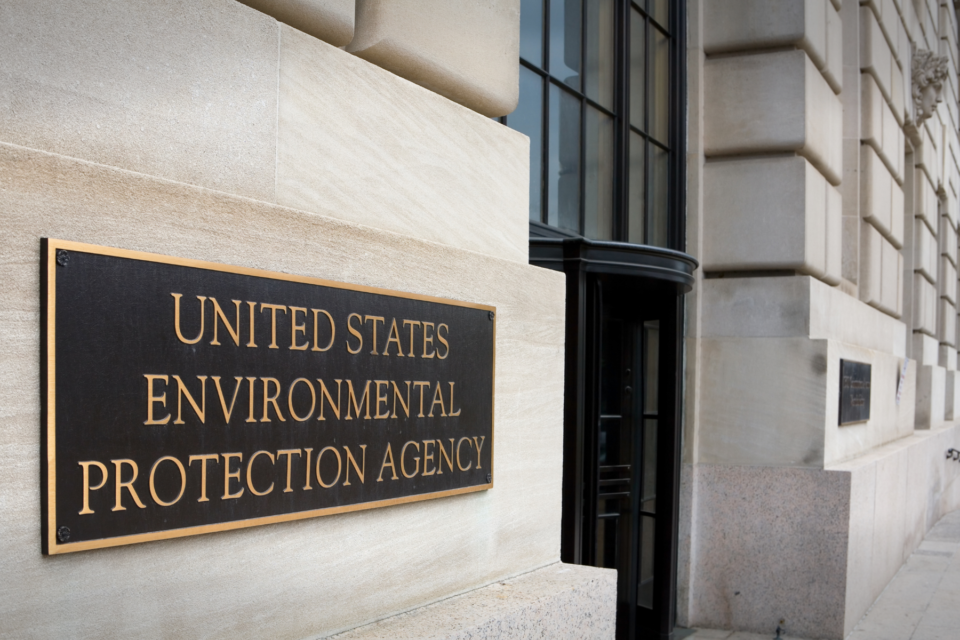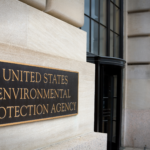New Analysis Shows Massive Private Cleanup Costs for PFAS Chemistries at Superfund Sites

There are increasing pressures from consumers, environmental organizations, and governments to address the challenges attributed to per- and polyfluoroalkyl substances (PFAS). Our new analysis of the costs associated with cleanup of these substances demonstrates that the EPA should engage in a full regulatory impact and cost-benefit analysis as part of efforts to address these issues.
In October 2021, the Environmental Protection Agency (EPA) launched its “PFAS Strategic Roadmap,” which outlines the EPA’s strategy to regulate PFAS through 2024, including concrete actions and timelines. These efforts include a proposal to designate PFOA and PFOS as “hazardous substances” under the Comprehensive Environmental Response, Compensation, and Liability Act (CERCLA), also known as Superfund.
The U.S. Chamber of Commerce and a coalition of companies and trade associations support accelerating cleanup of these substances. But CERCLA is the wrong policy tool to ensure timely, efficient and cost-effective cleanups of PFAS.
We engaged third-party experts in environmental and economic modeling to estimate private cleanup costs under the Superfund program, should EPA move forward with this proposed designation of PFOA and PFOS.
The U.S. Chamber sent a letter to OMB summarizing the findings of our analysis. Using EPA’s own data, our team modeled the current and potential Superfund National Priorities List sites. Annualized costs are conservatively estimated between $700 and $800 million, exceeding the threshold of more $100 million required for a full regulatory impact and cost-benefit analysis.
Non-federal Superfund site cleanup costs are just one of the costs facing communities and companies resulting from a CERCLA designation. EPA has never done this before and must consider implications of this action thoroughly, under current statutory and administrative requirements. The cover letter and report are linked here and here.
PFAS are a broad class of more than 5,000 chemistries that make possible a wide variety of products used by consumers every day including semiconductors, cellphones, textiles, renewable energy, and medical devices. All PFAS are not the same. Each individual PFAS has its own unique properties, uses, and environmental profile. They are valued for their properties to repel water and resist heat.
In addition, PFOA and PFOS are the legacy chemistries that have not been manufactured in the U.S. for decades. PFOA is a key ingredient in firefighting foams typically associated with the aviation, national security, and public safety sectors. Fluorinated firefighting foams have unique qualities to suppress fires by cutting off oxygen.
There are other approaches EPA could take to address PFAS chemical concerns. EPA has existing authorities that can drive cleanups and protect human health and the environment, without the nearly unlimited liability and cost burdens imposed by Superfund.
In addition to those authorities, significant new funding for water and wastewater infrastructure was provided in the Infrastructure Investment and Jobs Act (IIJA).
We are committed to working with our members, the Administration, and Members of Congress to advance solutions and innovations needed to increase the pace of cleanup in communities across America.
Story by Chuck Chaitovitz, U.S. Chamber of Commerce
Chuck Chaitovitz is vice president for environmental affairs and sustainability at the U.S. Chamber of Commerce.


